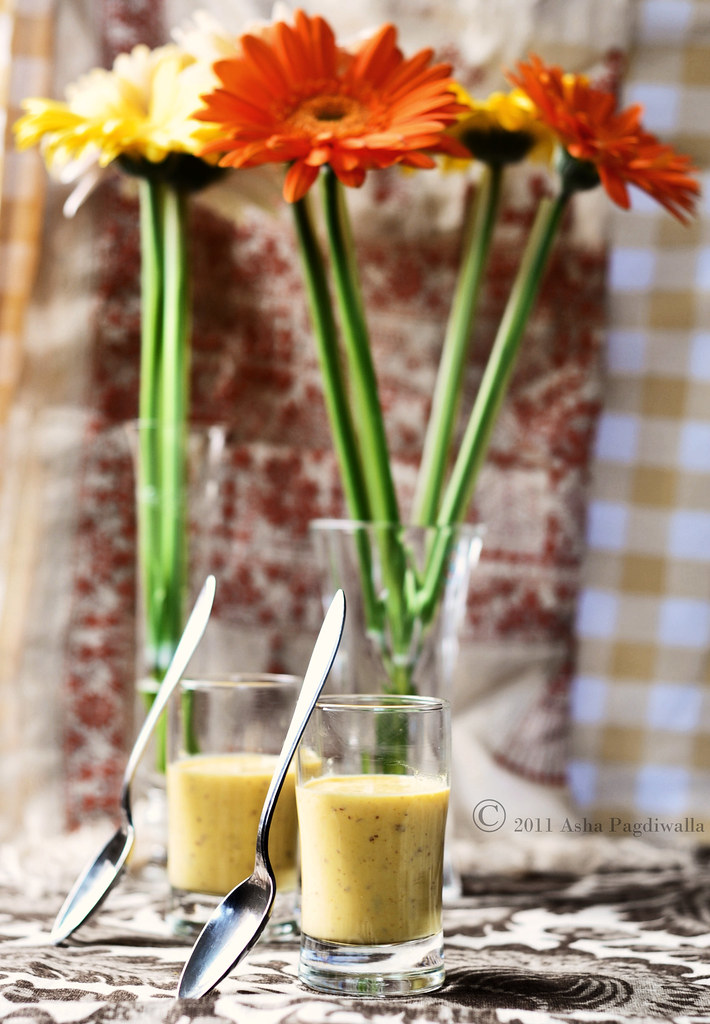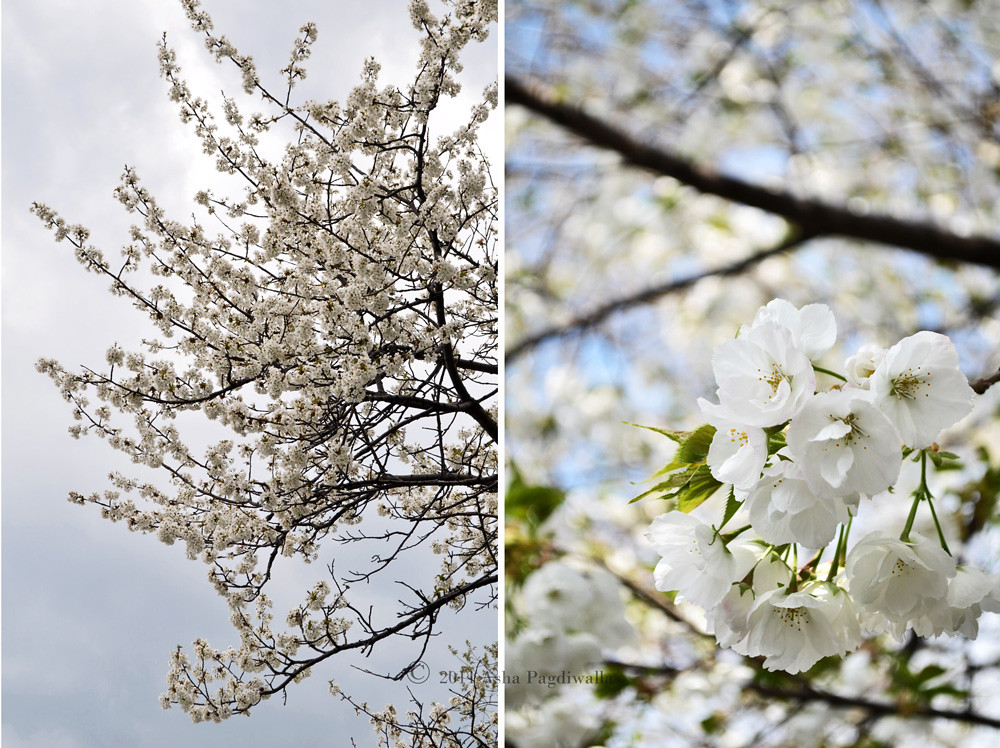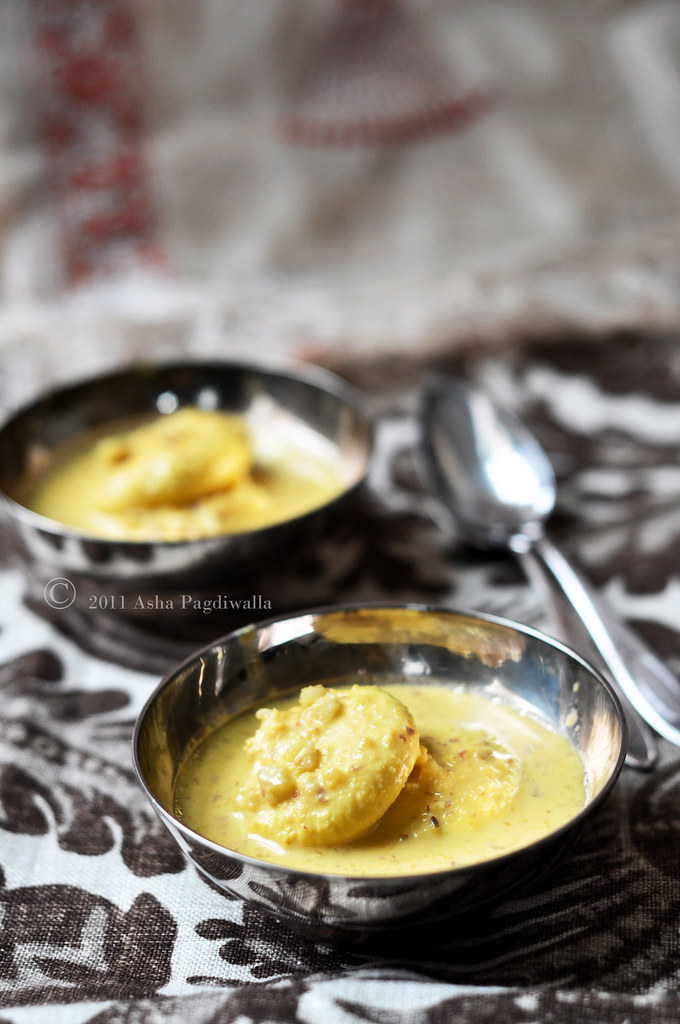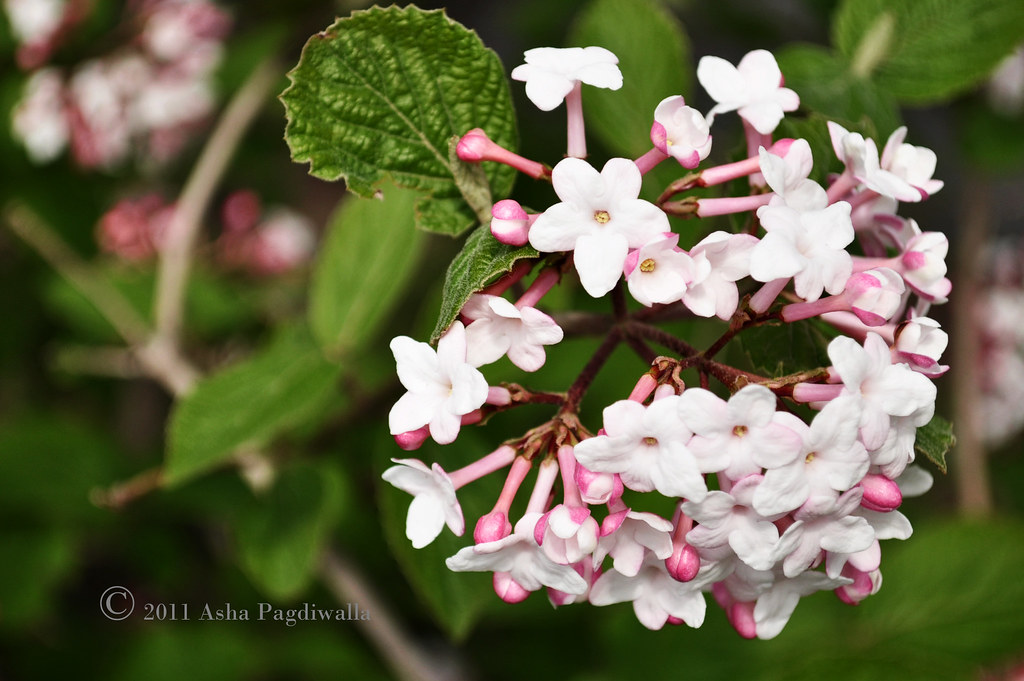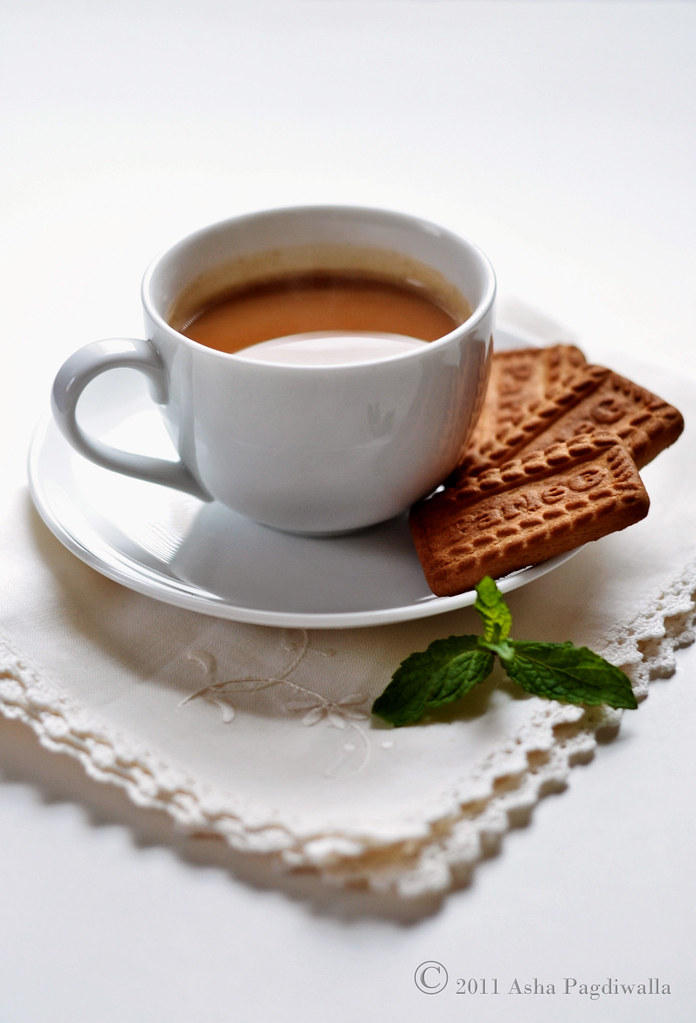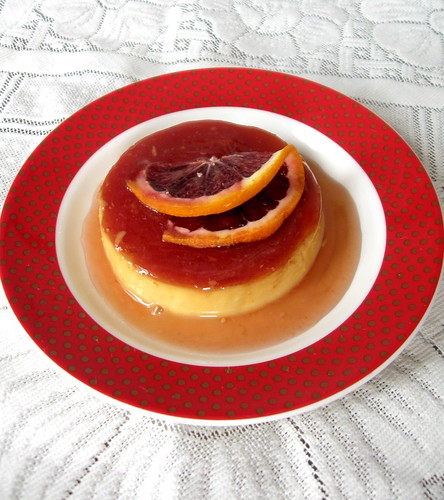Thank you Ravi for this wonderful piece of poetry. It captures everything I wanted to share about my love for the fruit in such a beautiful way!
Mango trees are a common sight in Chennai (formerly
Madras, South India), where I come from. They are long lived, and, with some care, bear wonderful, luscious fruits. They also represent familial bonds and generations of care and love. Almost every old house in Chennai will have a mango tree and mine is no exception.

The tree in our house was planted by my maternal grandmother, over 50 years ago. She grafted two flavorful varieties and the resulting fruit is unique for it's large size as also it's sweet taste. My grandad would tend to it with sufficient water (we were one of the lucky houses with a well on our grounds), fertilizers (organic coz our house is a perpetual zoo, no kidding!) and pesticides.
With all their loving care, it spread its roots deep and sent out branches in all angles providing the perfect summer retreat; whether you wanted to climb the branches and nestle up there eating unripe mangoes or rest in the generous shade it offered.
Both my grandparents have passed away... but the mango tree keeps them alive through memories. It is symbolic of their love, the family they cherished, the wisdom they shared and the countless moments of happiness of me playing around it as my grandad sipped tea under it's shade....

Here in the US, I neither have a tree nor, until recently, access to sweet mangoes. Then, over the last couple of years, I started seeing this particular variety of the fruit sold by street vendors that was succulent and sweet!! Even, Mr. FSK, who only ever eats the Alphonso and Kesar varieties, concurred that they were good fruits! They go by many names - honey mango, champagne mango etc. I prefer
Honey Mango because their flesh does taste like sweet nectar!
There are many things you can do with mangoes depending on their ripeness and Indian cuisine offers recipes for the very young, raw ones to the very sweet, ripe fruits (like the
Mango Saffron Ice Cream). Today, I share with you a recipe for ripe mangoes that pair well with a milk pudding made with tapioca pearls (sago/sabudana/javarici)...
It brings back memories... hot afternoons giving away to cooler evenings, the leaves of our tree gently swaying in the breeze, me playing and my grandpa and granny enjoying tea and watching me....

On another happy note, I was super thrilled that my photo of the wonderful
Blue Eggs won me a
DMBLGIT award in the Aesthetics category. Many thanks to
Andrew for hosting this month's edition!
Styling note: I wanted to showcase the pastel shades of eggs without using too many accessories that would take away from such an elegant subject. So, to bring out the colors, I used a blue table cloth as the primary background. The burlap was styled for a nest-like effect that would cradle the eggs..
Mango Tapioca Pudding
1 cup soaked tapioca pearls (soak them for a couple of hours in cold water until soft)
2 cups whole milk (if you want a richer version, you can substitute some of this with condensed milk)
1/4 cup sugar
1/2 tsp crsuhed cardamom
1/4 tsp nutmeg
1/4 cup fresh mango puree (if you using sweetened puree, adjust the amount of sugar)
Bring tapioca, milk and sugar to a boil. Lower heat to a gentle simmer and cook until the mixture thickens and milk has reduced to half. Off the heat, stir in the crushed cardamom and nutmeg. Set aside to cool to room temperature.
When cool, gently fold in the mango puree, taking care not to mush the swollen tapioca pearls. Serve chilled or at room temperature garnished with roasted cashews. 

